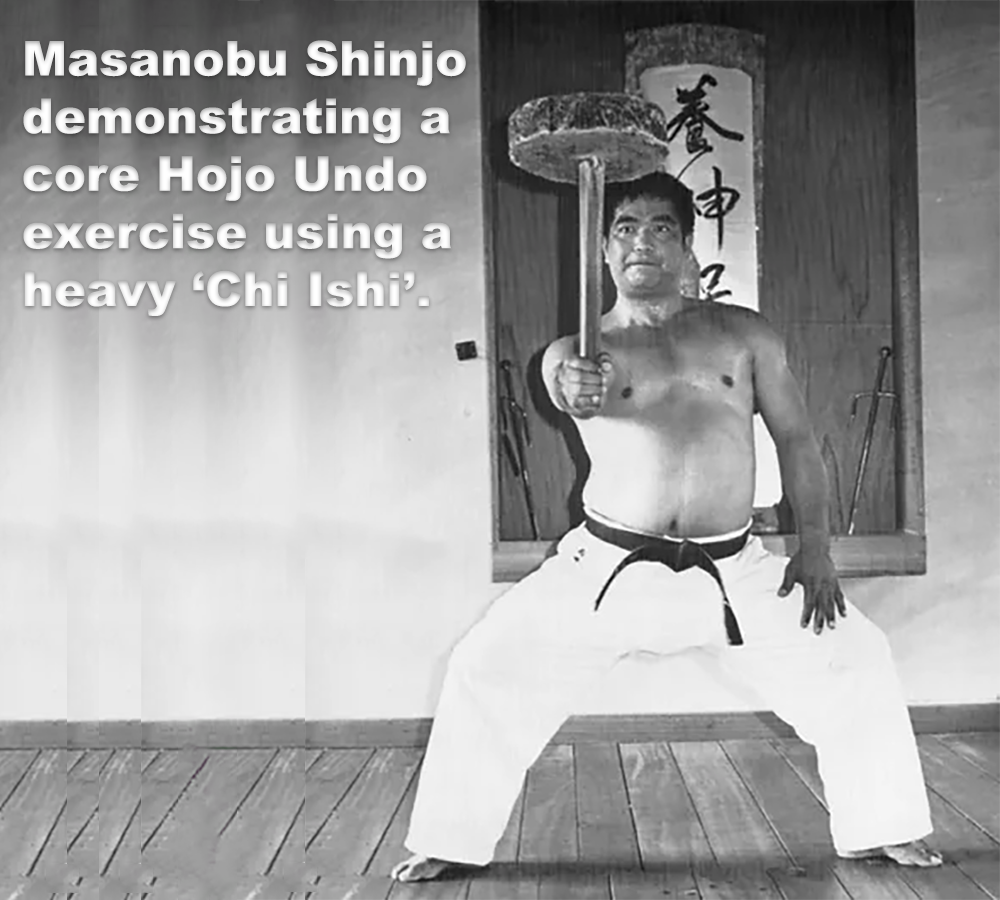
Regular physical activity promotes general good health, reduces the risk of developing many diseases, and helps you live a longer and healthier life. For many, “exercise” means walking, jogging, cycling, or other activities that get the heart pumping.
An often overlooked aspect of the martial arts is the value of strength-building exercises.
In the past weight training has been frowned upon by many veteran martial arts instructors stating that; “Weight training will make you slower”, or “weight training will make your muscles tight and more prone to fatigue”, or “weight training will decrease your flexibility”. Science has proven that a correct weight training program, I prefer the term strength training, can actually increase speed and power.
Strength training deserves a bit more credit for its role in long-term health, and evidence continues to point to these benefits.
“Muscle-strengthening exercises lead to increased muscle mass and muscle strength, which help improve physical functioning. Such exercises also improve glucose metabolism, enhance maintenance of healthy body weight, and help improve cardiovascular risk factors such as blood pressure.” – I-Min Lee, MD, ScD, a professor of epidemiology at the Harvard T.H. Chan School of Public Health who studies exercise and disease prevention.
A strength training program that is tailored to you and your specific martial art, will increase your muscular endurance, meaning that you will be less prone to fatigue, and can actually increase range of motion and provide greater flexibility.
This kind of training can also make you less susceptible to injury by strengthening muscles, bones, and ligaments. In addition, strength training can increase explosive power and anaerobic endurance.
For the traditional karate-ka, Okinawan karate has a set of supplementary exercises called ‘Hojo Undo’. There are various implements that are used to aid your all round development. The most common are the; “makiwara” (striking post), “chi-ishi” (strength stone), “nigiri gami” (gripping jar), “tan” (barbell), “Ishi sashi” (stone padlock), “kongoken” (iron ring) and “tetsu geta” (iron clogs). These are by no means all the implements that you can use.
Of course you don’t need to use the implements listed above as you can use the modern equivalent found in any gym. What is important for the martial artist however, is to use the weights in a way that mimics the movements found in your martial art.
Your goal is not bigger muscle mass, but an increase in strength, flexibility and mobility, which fits with your regular training.
The widely held misconception regarding strength training is that it makes those who do it slow. In reality, when using a properly designed and individualized strength training program, no martial artist should gain excess muscle mass, or develop force more slowly. A good plan will in fact improve performance and reduce your injury risk.
I’ve used weights in my training for over four decades….. and it hasn’t slowed me down. It’s not a question of how much muscle you have – it is a question of how you use that muscle.
